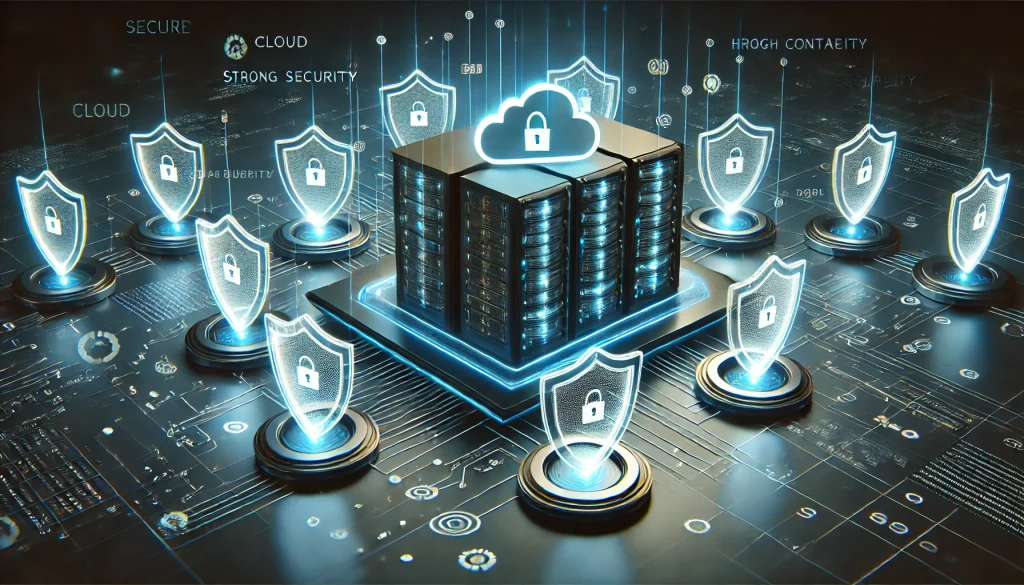
Cloud computing is transforming how businesses operate, but with this shift comes an increased risk of security threats. From data breaches to malware attacks, the dangers associated with cloud security are significant and growing. For cybersecurity professionals and businesses relying on cloud storage, learning how to counter cloud security threats is critical. In this guide, we’ll explore the necessary steps to protect cloud environments, the tools you’ll need, and best practices for staying secure in the digital age.
Overview
The rise of cloud-based services has revolutionized the tech landscape, offering flexibility, scalability, and cost-efficiency. However, this convenience doesn’t come without risk. Data breaches, malware infiltration, and misconfigurations in cloud environments can lead to severe financial and reputational damage. Cybersecurity professionals must be proactive in countering these risks by using advanced security tools and implementing comprehensive security protocols.
Countering cloud security threats not only protects your business assets but also ensures compliance with industry standards and maintains customer trust. Given the stakes, understanding how to effectively mitigate these risks is a priority for all businesses that rely on cloud infrastructure.
Materials or Tools Needed to Counter Cloud Security Threats
Before diving into the steps to counter cloud security threats, you’ll need several essential tools and strategies. These include:
- Cloud Security Posture Management (CSPM): Identifies cloud vulnerabilities and misconfigurations.
- Anti-malware software: Essential to detect and prevent malware in cloud environments.
- Encryption Tools: Secure sensitive data stored or transmitted within the cloud.
- Multi-Factor Authentication (MFA): Adds an extra layer of security for user access.
- Continuous Monitoring Systems: Tracks real-time cloud activity to detect potential threats.
Step-by-Step Guide to Counter Cloud Security Threats

Step 1: Strengthen Cloud Configurations
A common vulnerability in cloud environments arises from misconfigurations. It’s essential to regularly review and adjust your cloud settings to limit unauthorized access.
Begin by assessing your cloud service provider’s security settings, enabling advanced configurations like firewalls and access control lists (ACLs). Ensure that only essential services are publicly accessible while sensitive data is restricted. Establish proper segmentation between systems to limit the impact of a potential breach. This simple step can dramatically reduce the chances of an attacker finding a way into your network.
Step 2: Implement Strong Encryption
Data encryption is the cornerstone of any secure cloud infrastructure. Encrypt data both in transit and at rest using strong algorithms such as AES-256. Encryption prevents unauthorized parties from reading sensitive data, even if a breach occurs. Ensure all communication channels are secured with SSL/TLS protocols.
Your encryption protocols should apply not only to stored files but also to data that is being shared across networks. This prevents unauthorized parties from intercepting communications. For added protection, ensure your cloud provider supports key management services to safeguard encryption keys.
Step 3: Deploy Anti-Malware Tools
Malware is a persistent threat in the cloud, where vulnerabilities can be exploited to launch attacks. Install robust anti-malware software on all cloud platforms to detect and mitigate malicious activity. The software should include real-time monitoring to catch any suspicious files or behaviors early.
Regularly update this software to guard against the latest malware variants. Anti-malware solutions with artificial intelligence (AI) capabilities are particularly effective because they can learn from previous attacks and adjust their defenses accordingly.
Step 4: Set Up Multi-Factor Authentication (MFA)
Protecting user accounts is essential to cloud security. MFA provides an additional security layer beyond passwords by requiring users to verify their identity through multiple means, such as a smartphone app or a security token. This dramatically reduces the likelihood of unauthorized access, even if credentials are compromised.
For maximum protection, enforce MFA for all cloud users, including employees, administrators, and third-party vendors. It’s especially vital for accessing sensitive areas of your cloud infrastructure, like data storage and management dashboards.
Step 5: Establish a Continuous Monitoring System
To effectively counter cloud security threats, it’s crucial to maintain real-time visibility into cloud activity. Continuous monitoring tools track network traffic, user behavior, and application performance, identifying anomalies that may indicate a threat.
Set up alerts to notify your security team of unusual activities, such as repeated login attempts or unexpected data transfers. This will allow you to respond to potential threats before they escalate into full-blown attacks. Monitoring systems also provide essential audit trails for compliance reporting.
Do’s and Don’ts

Do’s:
- Regularly Update Security Protocols: Keep your cloud security tools updated to mitigate new and evolving threats.
- Educate Employees: Provide training on safe cloud practices, such as recognizing phishing attempts and using secure passwords.
- Backup Data: Always maintain backups of critical data in a secure, isolated environment to ensure business continuity in case of a breach.
Don’ts:
- Don’t Rely Solely on Default Security Settings: Many cloud platforms come with default security settings that may not be sufficient for your business’s needs. Customize these configurations for stronger protection.
- Don’t Ignore Third-Party Risks: If you work with external vendors, ensure they meet your security standards. Third-party access can be an entry point for attackers.
- Don’t Delay Patch Updates: Failing to update cloud software promptly leaves your system vulnerable to known exploits. Implement a patch management process to stay secure.
Conclusion
Successfully countering cloud security threats requires a proactive, multi-layered approach. By strengthening your cloud configurations, implementing encryption, deploying anti-malware tools, and using multi-factor authentication, you can significantly reduce the risks posed by these threats. Real-time monitoring further enhances your ability to detect and respond to potential attacks before they cause harm. With these strategies in place, your business can confidently leverage the cloud’s advantages while staying secure.
FAQ
What is the most common cloud security threat?
The most common cloud security threat is misconfigured cloud settings, which can expose sensitive data to unauthorized access.
How can encryption help in cloud security?
Encryption secures data by making it unreadable to unauthorized users, ensuring sensitive information remains protected even in the event of a breach.
Is multi-factor authentication necessary for cloud security?
Yes, multi-factor authentication adds a critical layer of security, ensuring that even if passwords are compromised, unauthorized access is still difficult.
Resources
- TechTarget. Mandiant Citrix zero-day actively exploited since August.
- Securiwiser. Cloud Security Risks and Countermeasures.
- GetKisi. 7 Tips to Prevent Cloud Security Threats.
- Proofpoint. Cloud Security Threat Reference.
- Checkpoint. Cloud Security Tips and Countermeasures.
